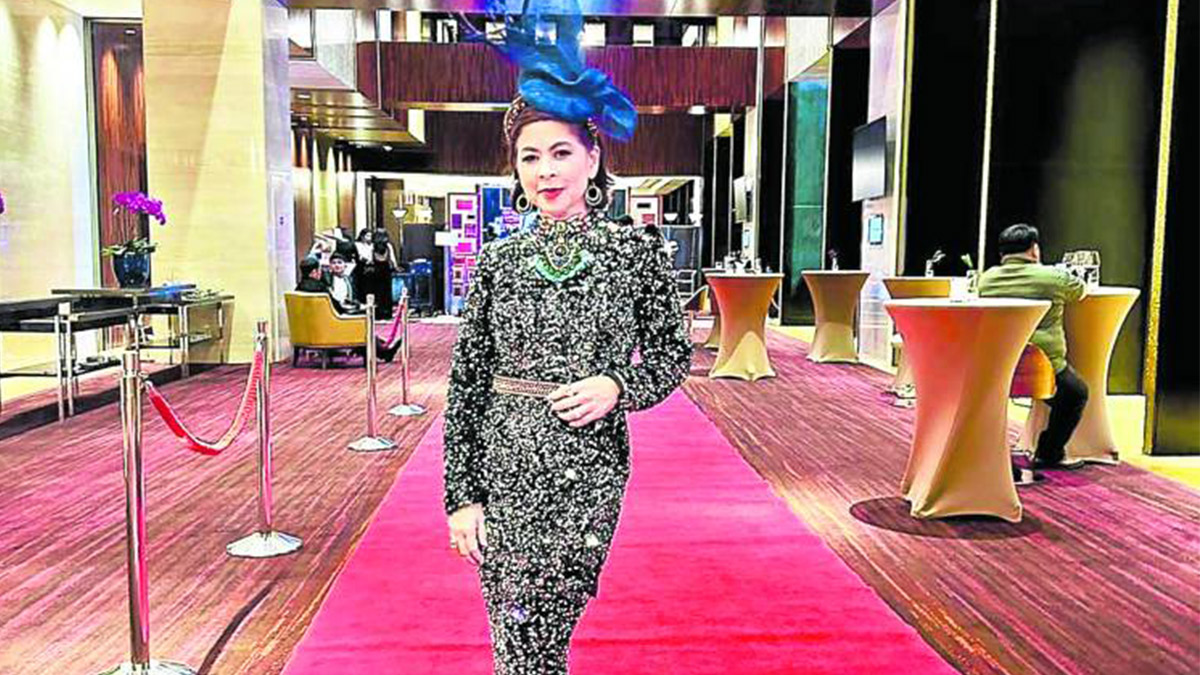I worked in Bangkok in the ’70s, and I fell in love with the place forever.
Thais are cool. Their soothing manners rubbed off on me like the cool wisp of a eucalyptus leaf.
The wai, the gracious Thai greeting, is one of the most alluring gestures I’ve seen for welcoming a person. The clasped hands glide gracefully in front of the chest, almost touching the chin, but not quite with the slight bow of the head. The wai looks so modest on women, so courteous on men.
The Thais are a happy people. They smile at the slightest provocation. They shoo away life’s little problems (or big) with their wand called my pen rai (never mind), an attitude that makes life’s problems irrelevant.
Thais are Buddhists. Buddhism is an ancient eastern religion that’s full of virtues: serenity, peace, harmony. Gentleness is second nature to the Thais. They have their own work rhythm that defies the pressure of life. They have the tolerance and graciousness to make things happen in their natural flow.
During my two-year stay in Thailand, I went crazy over Thai cuisine. Thai cuisine is one of the most seductive in the world—aromatic, herbal, piquant and oh so chili hot!
Bangkok is an epicurean food city. Eating out is mass culture. At noon, Bangkok’s army of food vendors will suddenly appear on every sidewalk and street: Silom, Surawongsee, Ratchadamri, Sukhumvit down to plushy Gaysorn Center, the Lumpini Boxing Stadium (for Kai Yang, the best roast chicken dipped in sweet chili sauce) all the way to the banks of Chao Praya, the River of Kings.
Curries and kebabs
Woks and griddles in thousands of open-food shops sizzle and sear various mixes of meats, vegetables, noodles, and spices of the east. Arrays of fresh-cooked curries, kebabs, stews, soups, mussel omelet, fish cakes, beef balls, fish ball fries, green papaya salad, chopped herbs and sauce concoctions dazzle the eyes and make the mouth water.
No one escapes the allure of Thai cuisine.
On the table, the ritual needs of flavor-mixing are in front of me—bowls of powdered chili, dried chili seeds, sliced chili in vinegar, ground peanuts, fish sauce and sugar crystals—all to customize my own taste preference, and to orchestrate the contrasts of food flavor while masticating.
Spicy, herbal, sweet, sour, hot, hotter, hottest. These are spices and condiments for Thai eating delights.
To perk up my taste buds, I start with the Tom Yung Goong (hot-and-sour soup with fresh prawns, squid slices and straw mushrooms). Where on earth can I sip out-of-this-world Thai ecstasy? Mmmm. The pungent sourness of kaffir lime. The sweetest zest of wild lemongrass and the sharp whisper of galangal ginger. And whew! That fire and fury with Thai red chili (labuyo) and the final touch, the aromatic, morning-dew scent of fresh coriander leaves. Di ti sut (the best)!
The Thais taught me how to be cool at my job—and how to love foods that burn my tongue!
In 1996, my family and I spent a month in Boston awaiting the graduation of my daughter, Claudine, from Endicott College.
I met the beautiful Americans. The original. I came close to the Americans of Norman Rockwell’s tableau of homespun America.
Brownstone house
A lot of them live in New England, in the small states of Massachusetts, New Hampshire, Maine and Rhode Island, where the spirit of American history throbs in people’s memories.
I stayed in Boston in one of the quaint brownstone houses, over 150 years old and protected by culture and architectural preservation law.
Beautiful Americans are grandchildren of their history, which is made present in the environment, such as in the U.S.S. Constitution (“old ironsides”), the unsinkable warship docked at Navy Pier and immortalized by Oliver Wendell Holmes in his poetry: “Her deck once red with heroes blood where knelt the vanquished foe.”
The countryside is profusely gifted by nature, a kind of earth beauty that marvels at itself, like magic in spring and autumn.
The forested hills, winding byways and leafy towns are dotted with Queen houses or folk Victorian houses with porches, bays and turrets, the more peeled off the paint, the lovelier they look.
Henry Wadsworth Longfellow lived there long ago:
“Across the meadows bare and brown, the windows of wayside in flamed red with firelight through the leaves.”
From the meadows and lighthouse of Maine, a creation of the painter Andrew Wyeth evolved: “Christina’s World,” a vision that is as alluring as it is mystifying.
America can affect one’s sensibilities in different ways. The weakness and shallowness are a matter of mental capacity and outlook in the life of the beholder.
LA gets its pleasure from merchandise: Rodeo Drive is materialistic and Universal Studios is fantasy.
Chicago bustles, then turns freezing cold and cruel to hundreds of bums and old grandparents left to live alone in the gloomy winter.
New York is rich, glitzy, hurried, filthy and neurotic.
But ah—New England is different. What it has is the patina with old culture, rich in the flavor of the land’s nature expressed by Henry David Thoreau or Ralph Waldo Emerson, transcendentalist poets who lived and paid tribute to the mystical union of all natives, or Robert Frost, who wrote verses on people and landscapes with refreshing simplicity.
“A tree beside the wall stands bare.
But a leaf that lingered brown
Disturbed, I doubt, not by my thought
Comes softly rustling down.”
E-mail the author at [email protected]













































